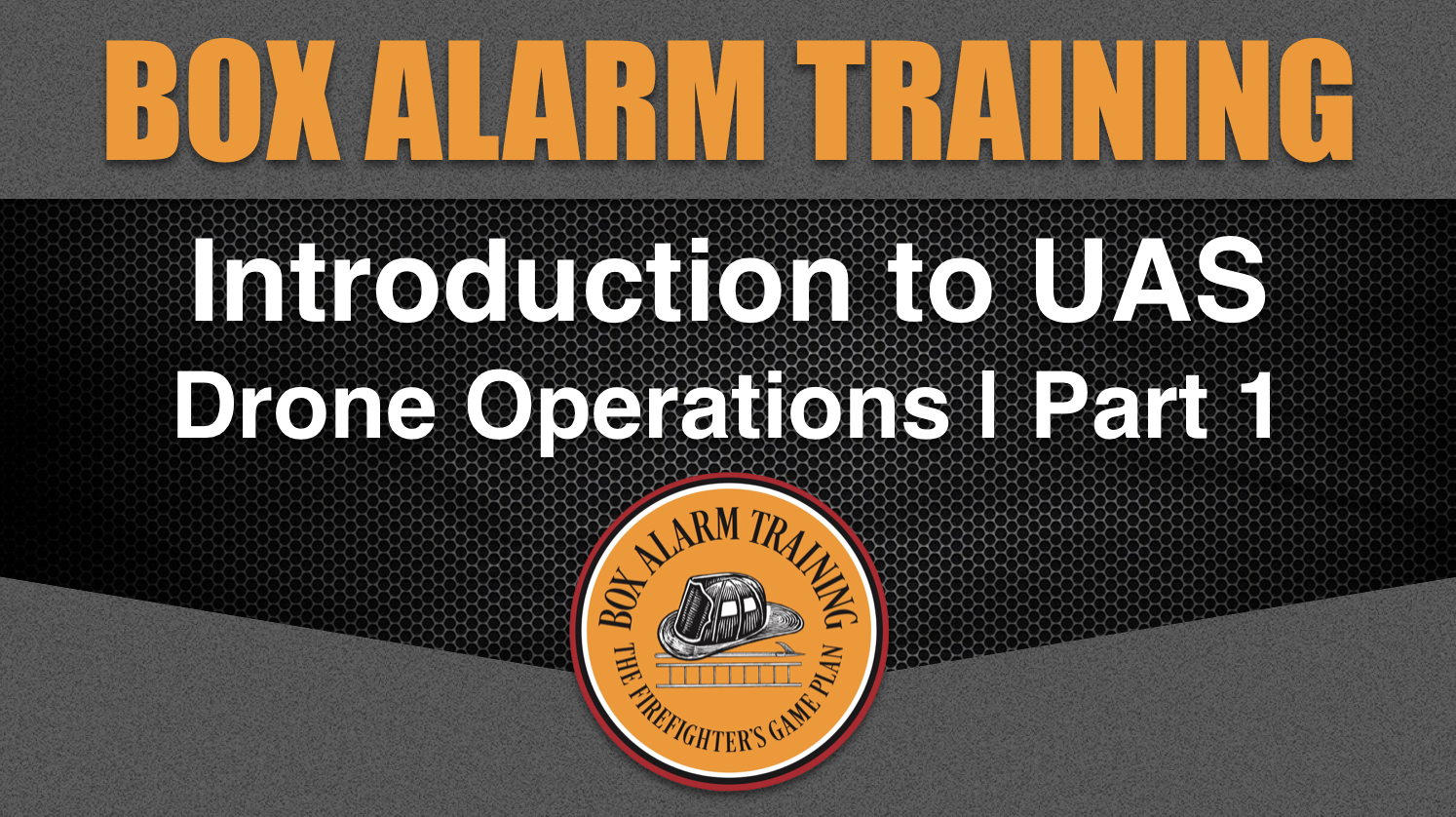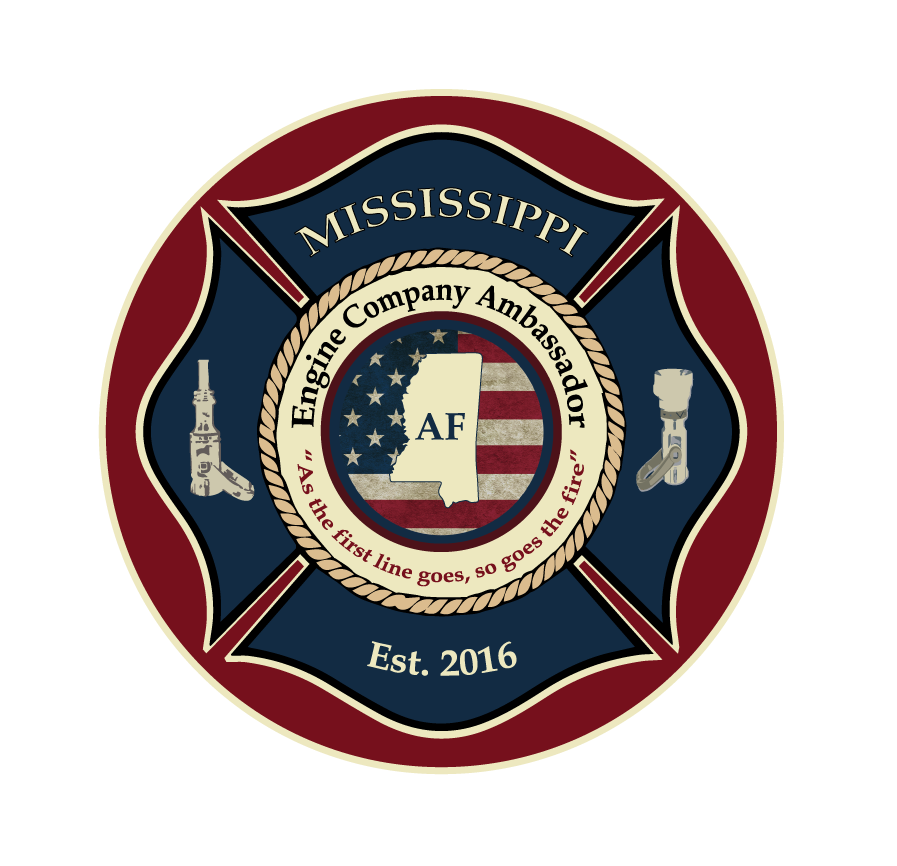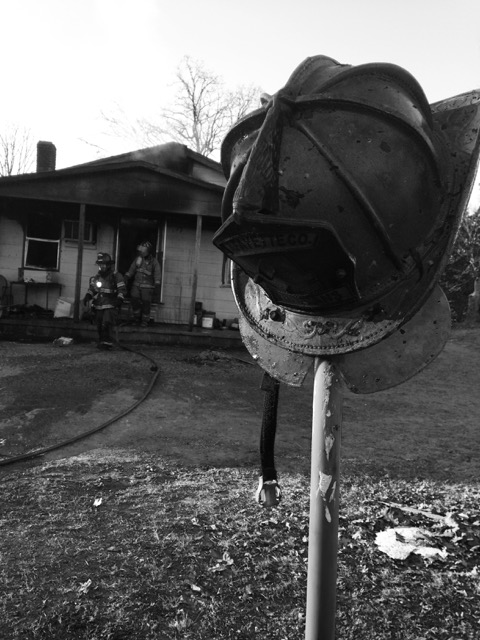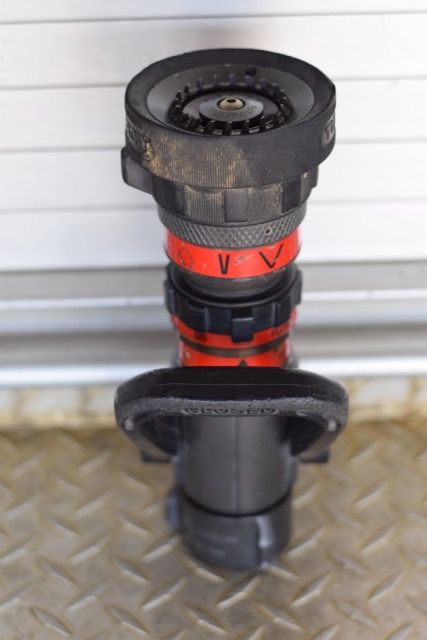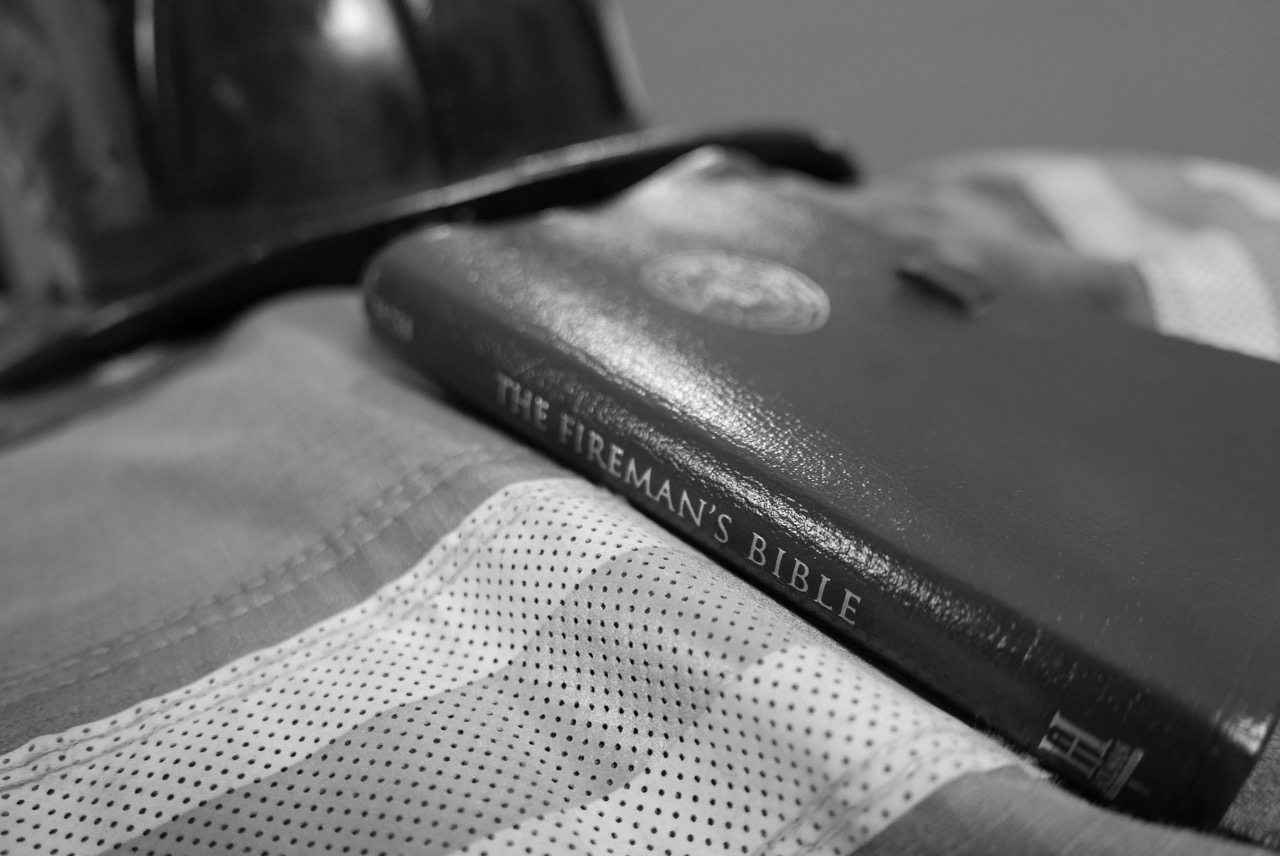Bernoulli's Principle is not the first thing that comes to our minds when discussing firefighting tactics. However, it directly affects many of our operations. In fire behavior courses we learn about how fire will travel from areas of high pressure to areas of lower pressure. This is the basis of understanding how ventilation and flow paths work. Before we discuss Bernoulli's Principle and how it applies to our tactics let's look at a couple of fireground operations that are affected by Bernoulli's Principle.
Traditional Ventilation
You were probably taught that ventilation was the systematic removal of hot gases, smoke, etc. This definition led to a general misunderstanding of what ventilation actually does inside of a structure. Discussions in classes often communicated that ventilation cools things down and makes our operations easier. The discussion deserves a little more time in order to clarify. Modern fires are generally limited by ventilation and not fuel. This means that when we ventilate things actually heat up, they do not cool down. However, traditional ventilation still offers many advantages, like controlling the flow path or creating lift from low areas. These are often huge topics presented by firefighters because lifting gases can increase victim survivability. In general when we ventilate a structure we are creating an area of low pressure for the fire to travel to and exit. When we break a window typically the fire will move toward the window you just broke. However, if the window is broken revealing a higher pressure area outside, such as a wind driven fire, you will be opening a new inlet for air to move into the structure. This can cause the fire to travel to another outlet and in many cases creates a very dangerous environment for crews working inside of the structure.
Positive Pressure Ventilation (PPA)
Positive Pressure Ventilation attempts to create a significantly higher pressure area inside the structure than outside of the structure. This will force fire and gases out of the structure as they seek areas of lower pressure. This can also create problems by forcefully pushing gases and fire into void spaces that are difficult to detect. Many departments all over the United States use positive pressure successfully but these departments also understand some of the concerns with using positive pressure. Once a fire leaves a confined area, such as a bedroom, positive pressure can create a chase for the fire attack team. The fire will rapidly seek low pressure and can outrun an interior fire attack crew very quickly.
Nozzle Operations
When we use our nozzle we are not only flowing water, we are flowing air. This air can create areas of higher pressure just like positive pressure fans and cause fire to travel towards areas of lower pressure. A nozzle can very quickly over pressurize a room causing the exhaust to push back on the fire attack team.
Bernoulli's Principle
Bernoulli's Principle states "an increase in the velocity of a stream of fluid results in a decrease in pressure". Water flowing from a nozzle will create an area of low pressure and draw even more air into the area you are directing the stream. This is significant when fighting fires in under ventilated spaces or flowing water into a structure from the exterior.
In the video below we will discuss Bernoulli's Principle and how it relates to fire attack concepts.
https://youtu.be/zk6CsoUqERU




